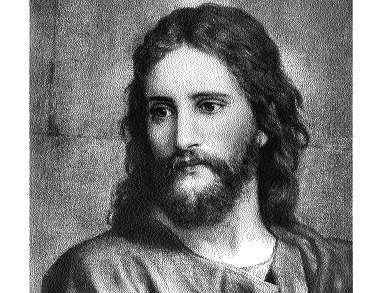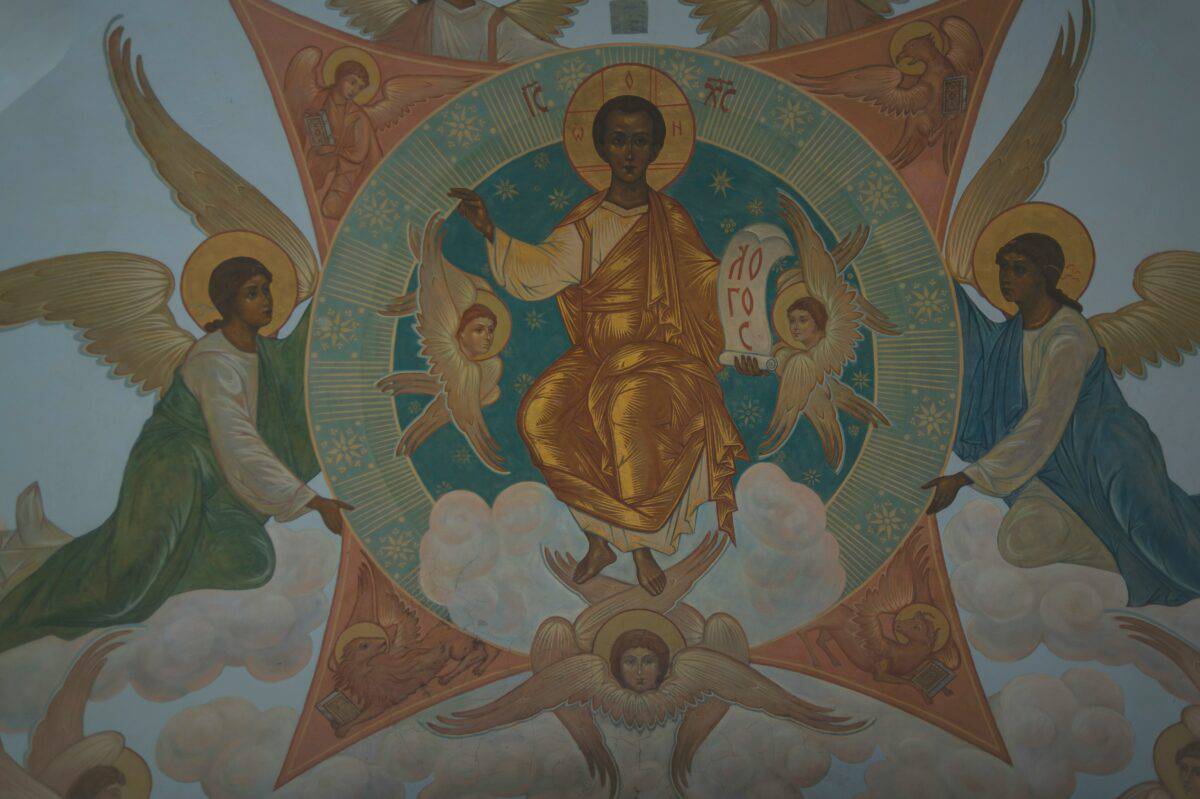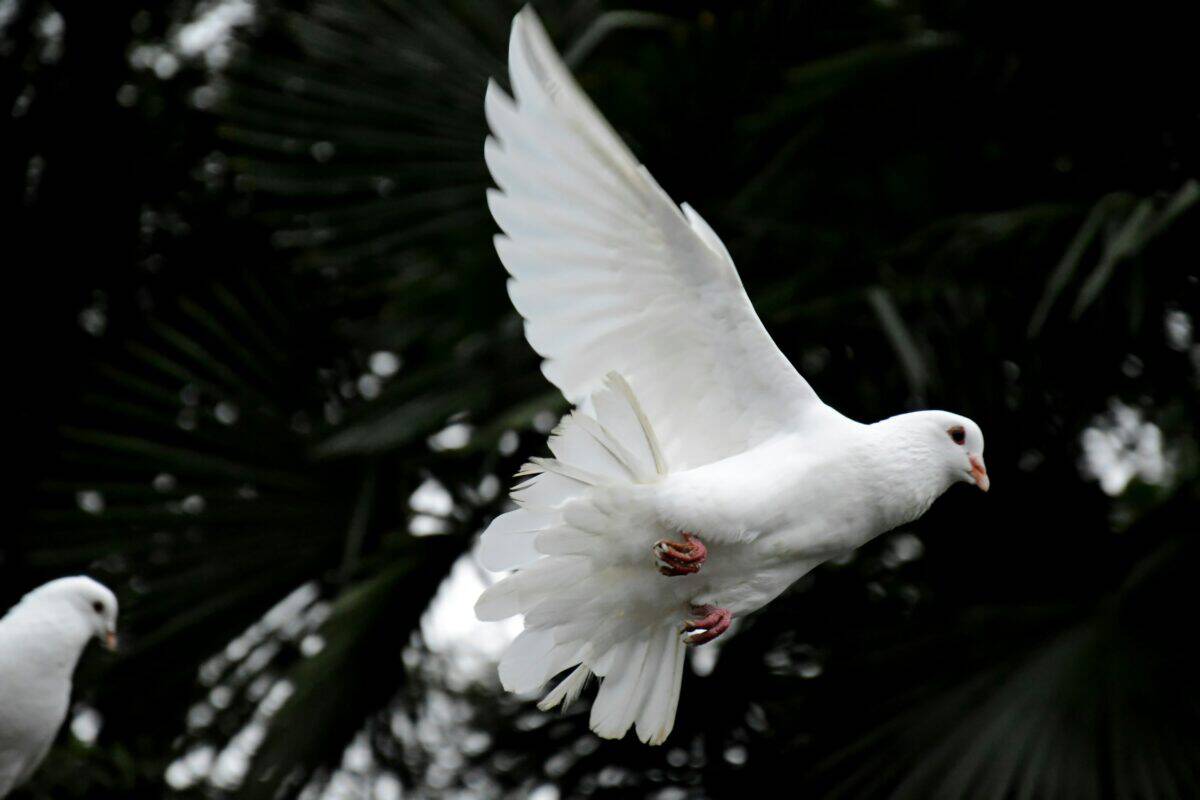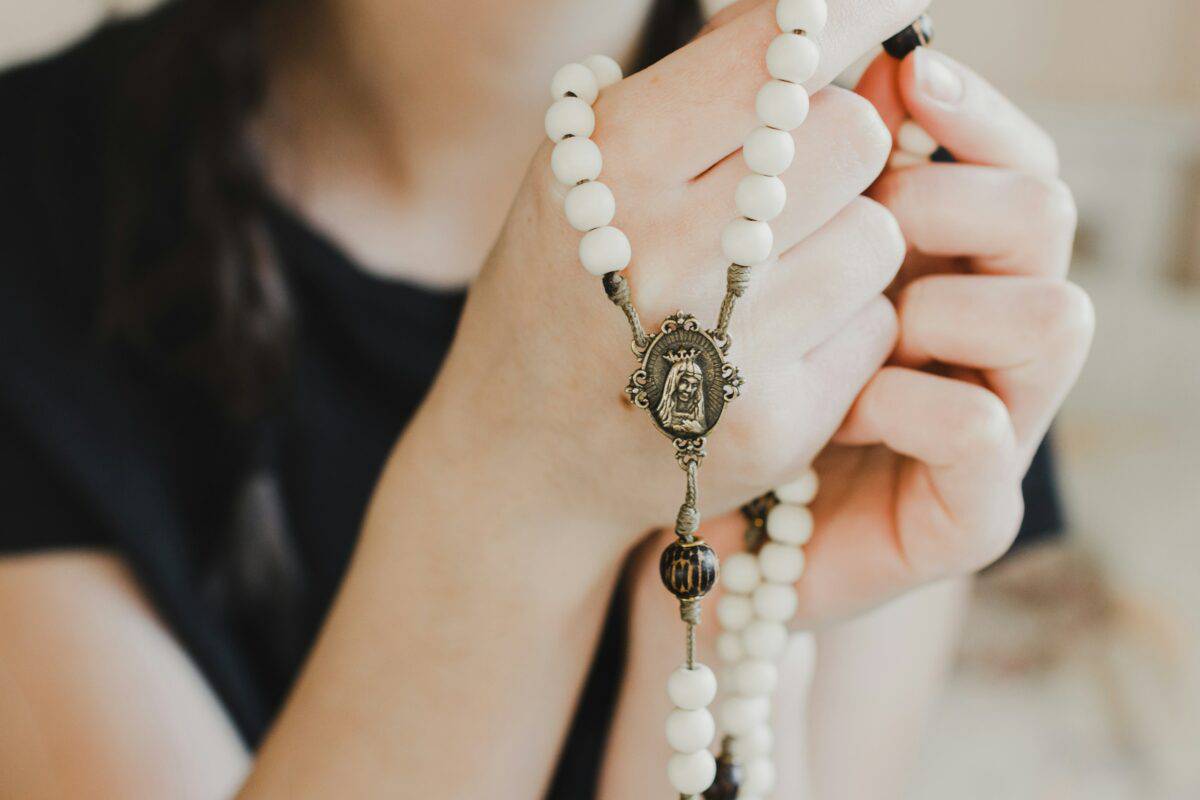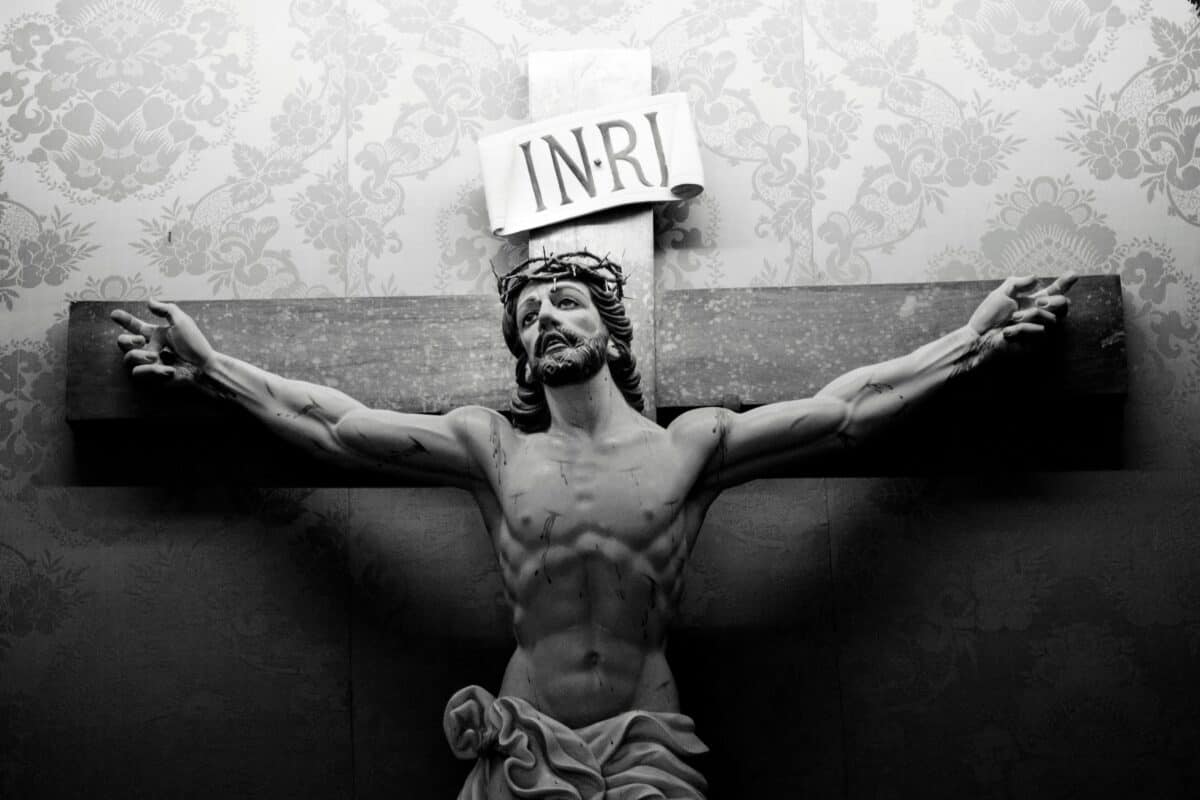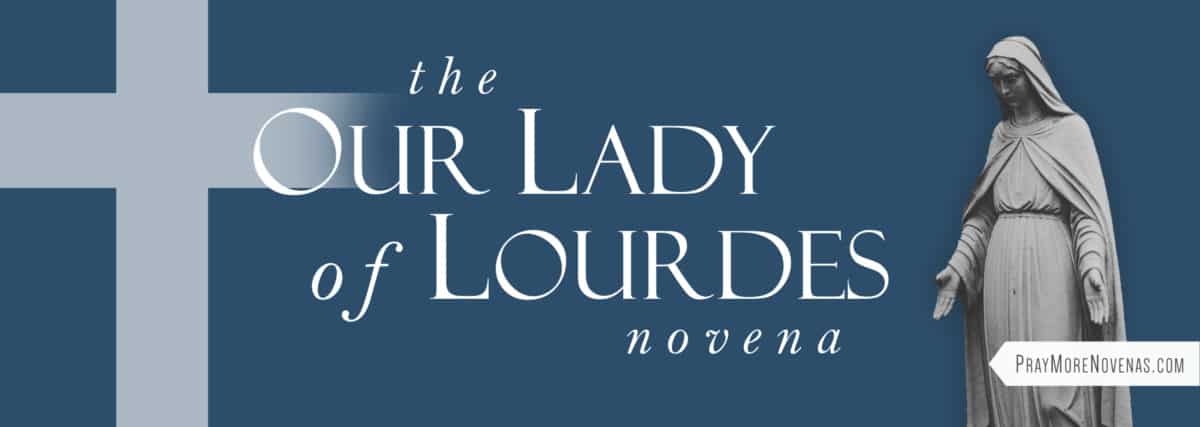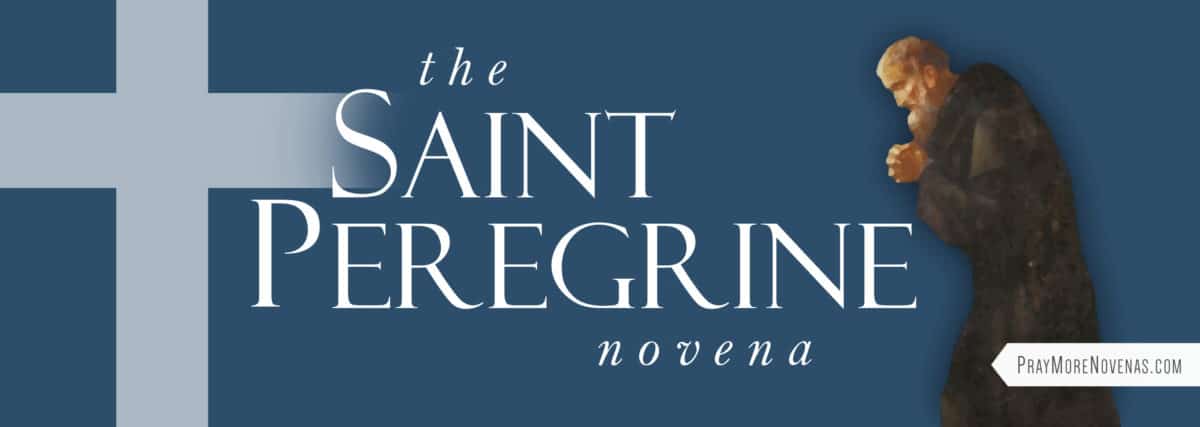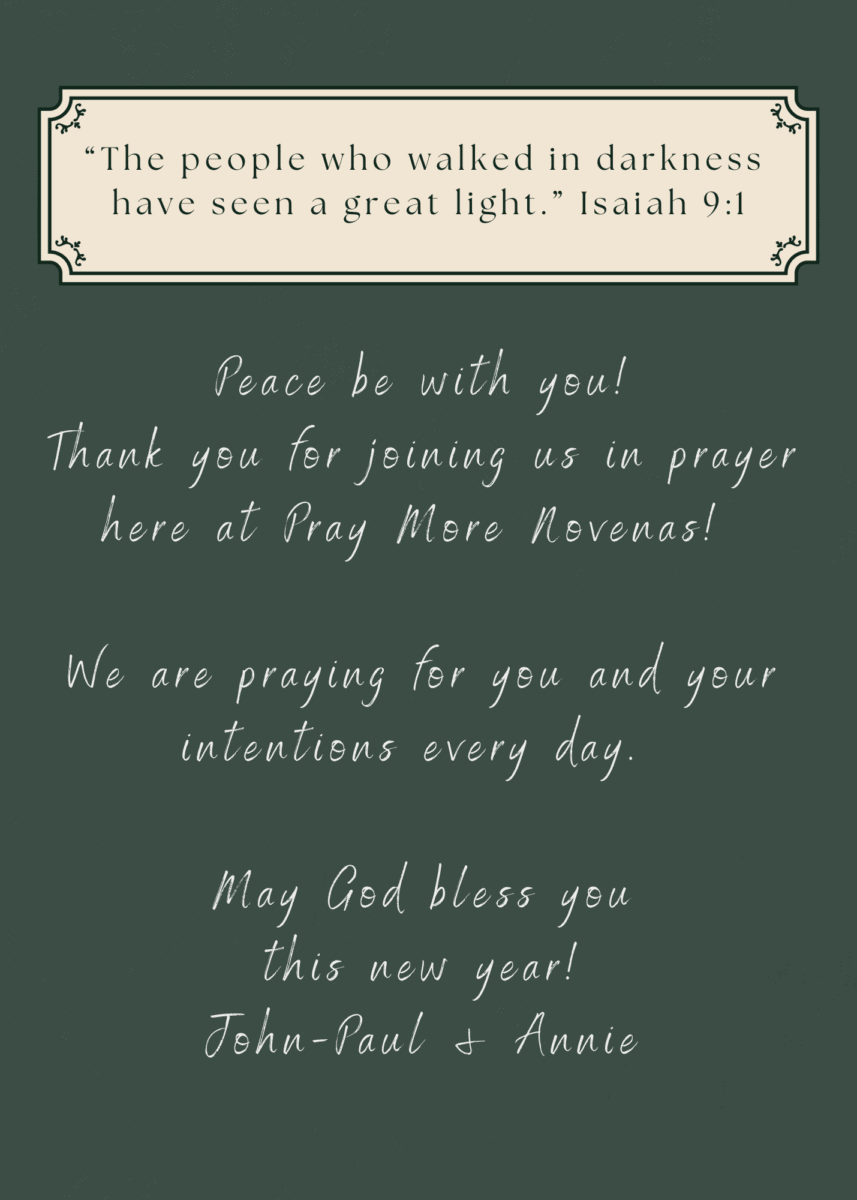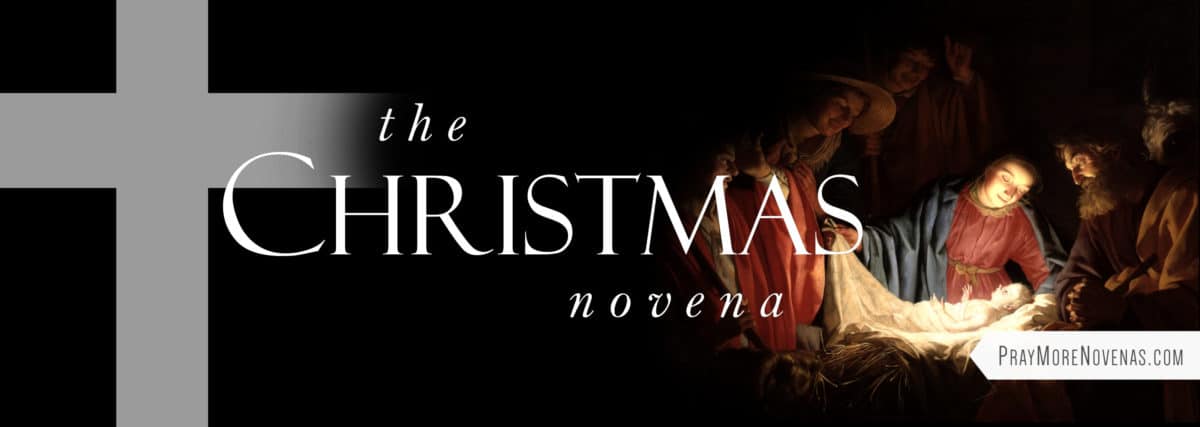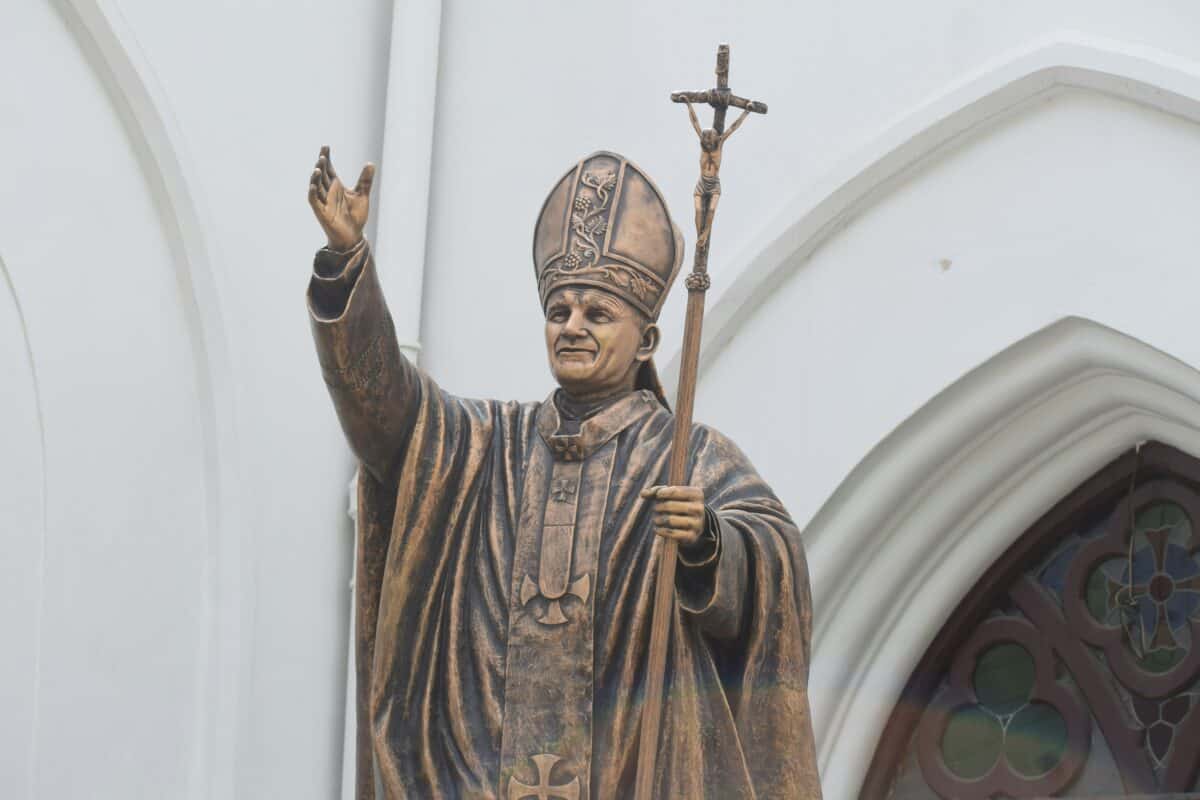
In the history of Catholicism, several saints practiced their faith and devotion in secretive ways particularly when faced with the threat of persecution and other adversities.
These saints were not embarrassed of their faith nor did they fear martyrdom for their faith; instead, they concealed some aspects of their lives for a time so they could more efficiently build up the Kingdom of God during dark and difficult times.
Here are a few of those hidden faithful:
St. Sebastian lived during Emperor Diocletian’s persecution of Christians.
Sebastian joined the Roman army and was given a high position in the Praetorian Guard but unbeknownst to the leaders, Sebastian was a Christian. He worked to help those being persecuted and converted many people to the faith, including many prominent people.
Because of this, Sebastian’s faith was soon found out and the Emperor ordered him to be killed.
Suggested Novena Start Date: January 12. St. Sebastian Novena
Other saints emerged during the persecution under Diocletian, including Saint Anastasia. Saint Anastasia secretly cared for the imprisoned Christians, bringing them food and tending to their suffering. When her pagan husband learned of Anastasia’s charitable work, he beat her and imprisoned her.
After his death, she continued to care for the persecuted faithful before being arrested for her faith. The threat of torture and death did not sway her to abandon her belief or her vow of virginity which had remained intact even throughout her marriage.
Suggested Novena Start Date: December 17
St. Charles Lwanga lived in Uganda in the 1800s and served at the court of his country’s ruler, King Mwanga II of Buganda–a harsh, violent, and immoral man.
Charles Lwanga became a Christian and took over the secret role of heading Christian instruction for the other members of the court. However, when the King learned about the spreading of the faith among his servants, he demanded the Christians renounce their faith.
Charles, however, courageously refused and led the others to do the same. He baptized the catechumens before they marched to the place of their executions, and they faced martyrdom with joy and love for God.
Suggested Novena Start Date: May 26
For more novenas to the martyrs of the Church, read this blog post.
St. Margaret Clitherow was an English laywoman who lived during the persecutions of Catholics under the rule of Queen Elizabeth I. She was fined and jailed several times for refusing to attend Anglican services.
Margaret allowed priests to hide and celebrate Mass in her home, despite the government declaring that harboring priests is a capital offense. She also rented another house to hide priests in and to have them say Mass in.
She was later put to death for her actions and died a martyr for her bravery.
Suggested Novena Start Date: August 22
Many traditional tales surrounding St. Nicholas involves him secretly leaving gifts or performing acts of charity in the night to help poor families in need.
He likely took inspiration from Jesus’ words to his disciples in the Gospel of Matthew: “When you give alms, do not let your left hand know what your right hand is doing, so that your alms may be in secret; and your Father who sees in secret will reward you.”
Suggested Novena Start Date: November 28
St. Margaret of Castello lived her faith in secret for a different reason than the others. Margaret was born with many physical disabilities to powerful noble parents. As her parents wanted to protect their reputation, they confined Margaret to a secret room for 14 years.
This room was near the chapel and she could overhear mass being said and receive communion. While few people showed her love, the parish priest recognized her great faith and capacity for holiness.
She faced many more hardships in her life but faced them all with a devout faith and profound love of God.
Suggested Novena Start Date: April 5
Blessed Miguel Pro was a Mexican Priest who lived during the persecution of Catholics. He ministered to the persecuted in many stealthy ways to continue to bring them the sacraments and teach them the faith, helping others to live out their Christian identities during such a dark time.
Blessed Miguel Pro would even dress up in disguises to avoid suspicion; he dressed as a beggar, a businessman with a flower lapel, and even a police officer to slip into jail to visit those who had been imprisoned for being Catholic.
He eventually was caught and sentenced to death by firing squad. He died boldly proclaiming “Vivo Cristo Rey!” or “Long Live Christ the King!”
Suggested Novena Start Date: November 15
Pope Francis recently beatified the Ulma Family–a Polish family of nine who were martyred during the Holocaust.
This humble and devout family consisted of Jozef and Wiktoria Ulma and their seven children: Stanisława, Barbara, Władysław, Franciszek, Antoni, Maria, and their unborn baby.
During the persecution of the Jews by the Nazis, the Ulma Family responded to injustice with courage and compassion as they offered to hide, shelter, and protect Jewish families facing arrest and death.
When they were found out, all members of the Ulma family were killed for their good deeds.
Suggested Novena Start Date: June 29
Before he was Pope, John Paul the II (born Karol Wojtyła) worked to undermine the Nazi’s influence on Poland by working to maintain Polish culture.
He co-founded the Rhapsodic Theater which staged secret shows in people’s living rooms to avoid arrest and brought truth and beauty to other living through that dark time.
Wojtyla later entered seminary in secret, continuing to write plays like The Jeweler’s Shop which in many ways is the precursor to his later writings of love and marriage like Love and Responsibility and Theology of the Body.
